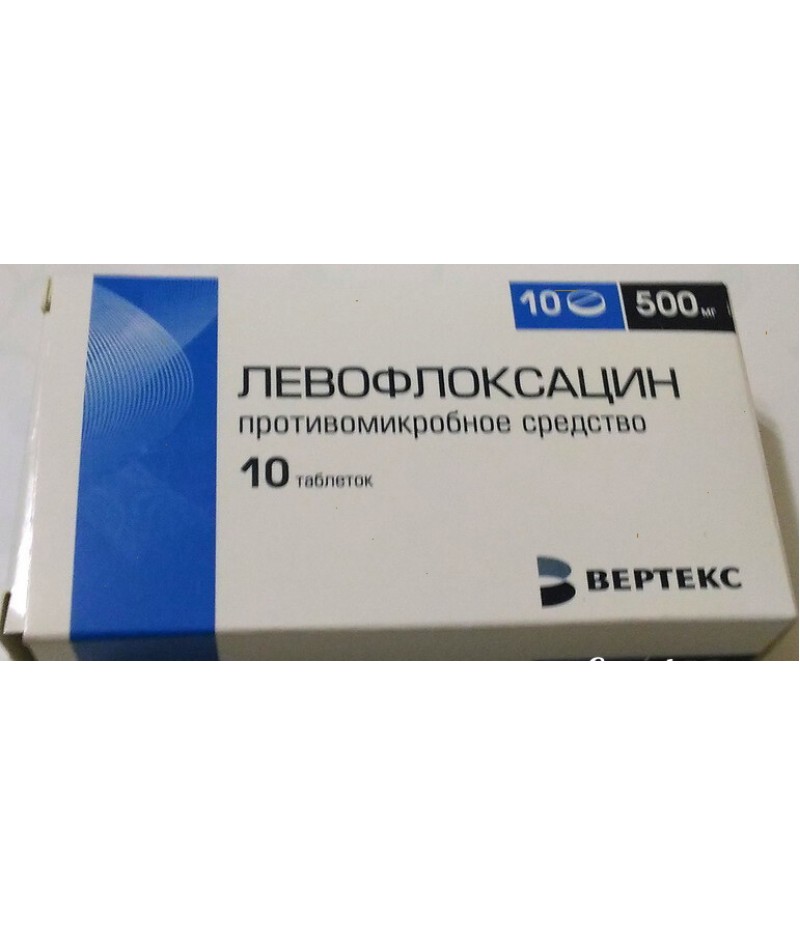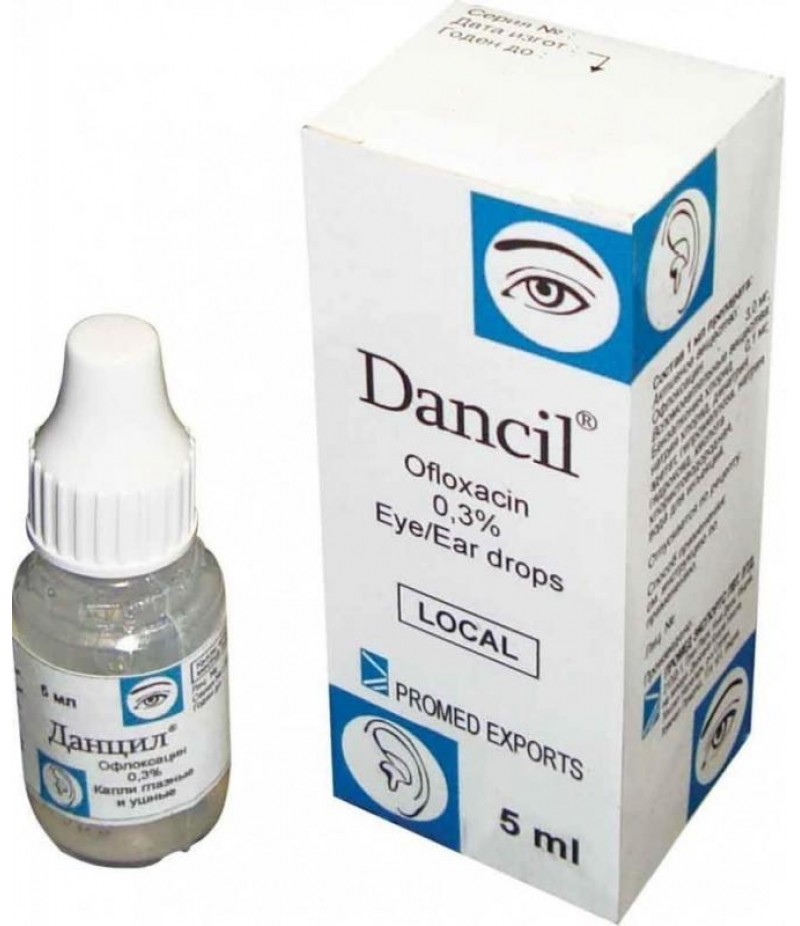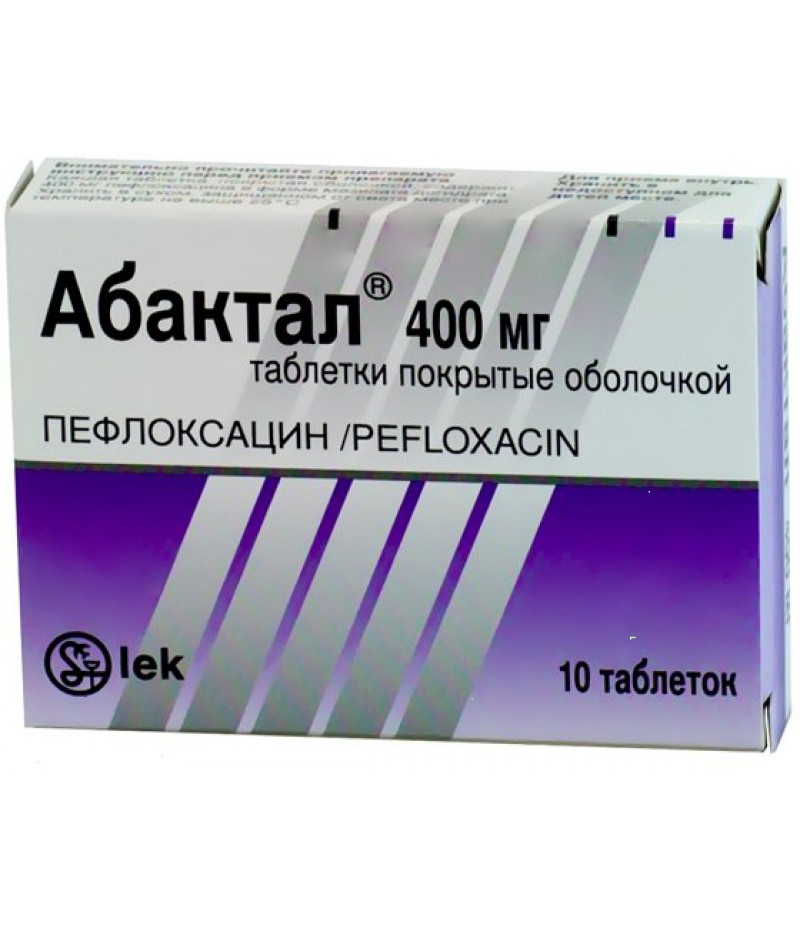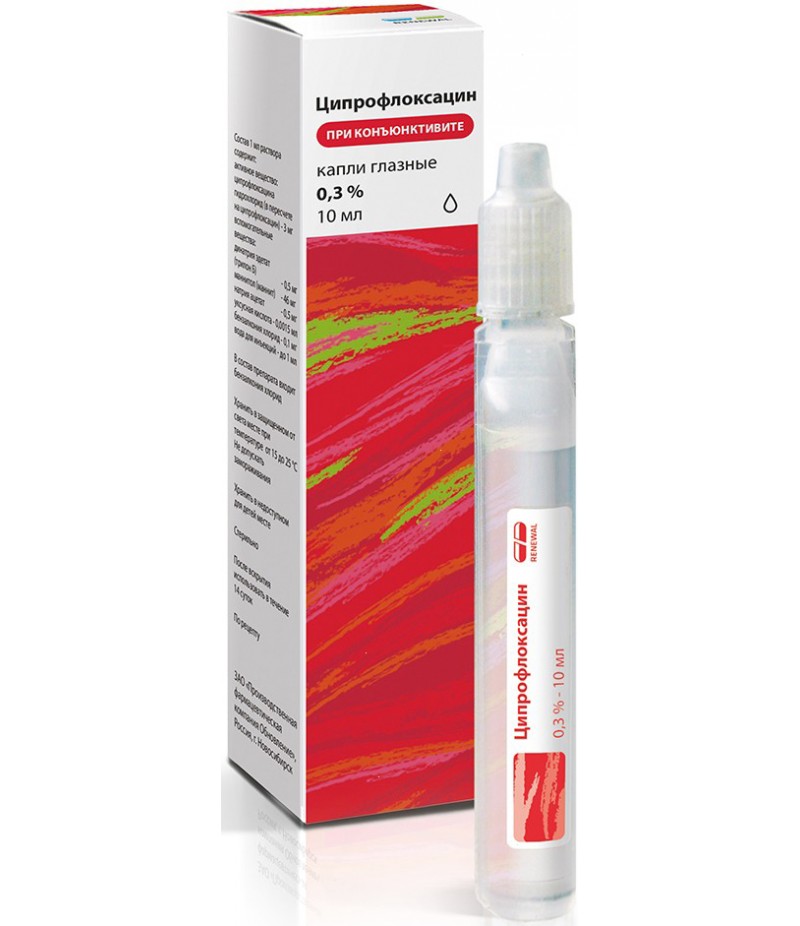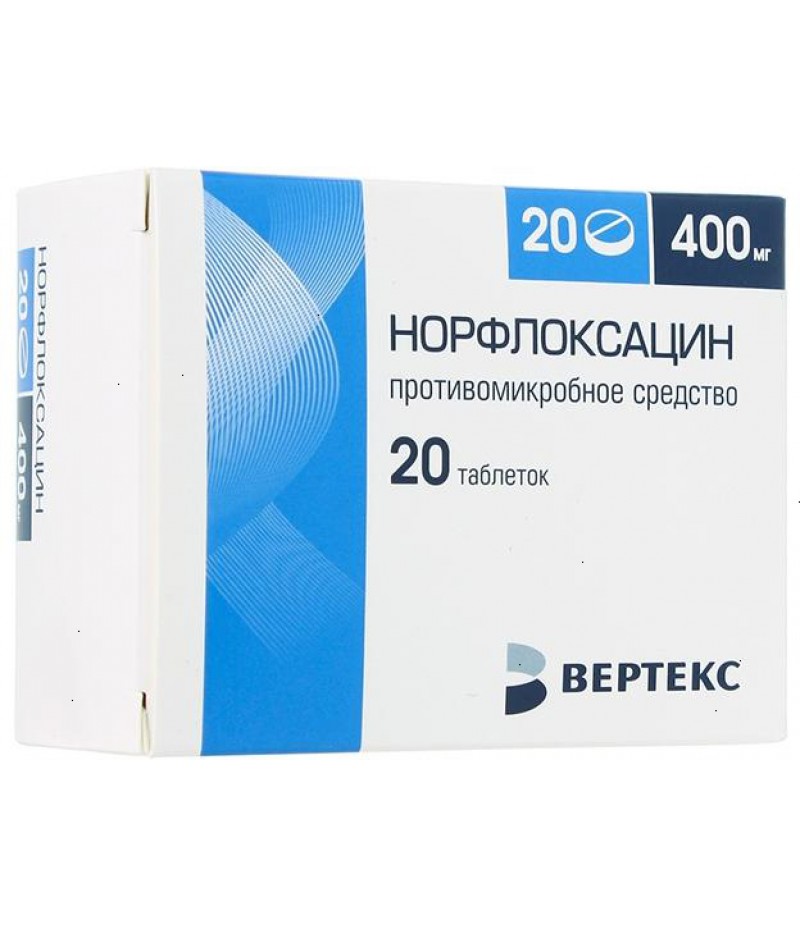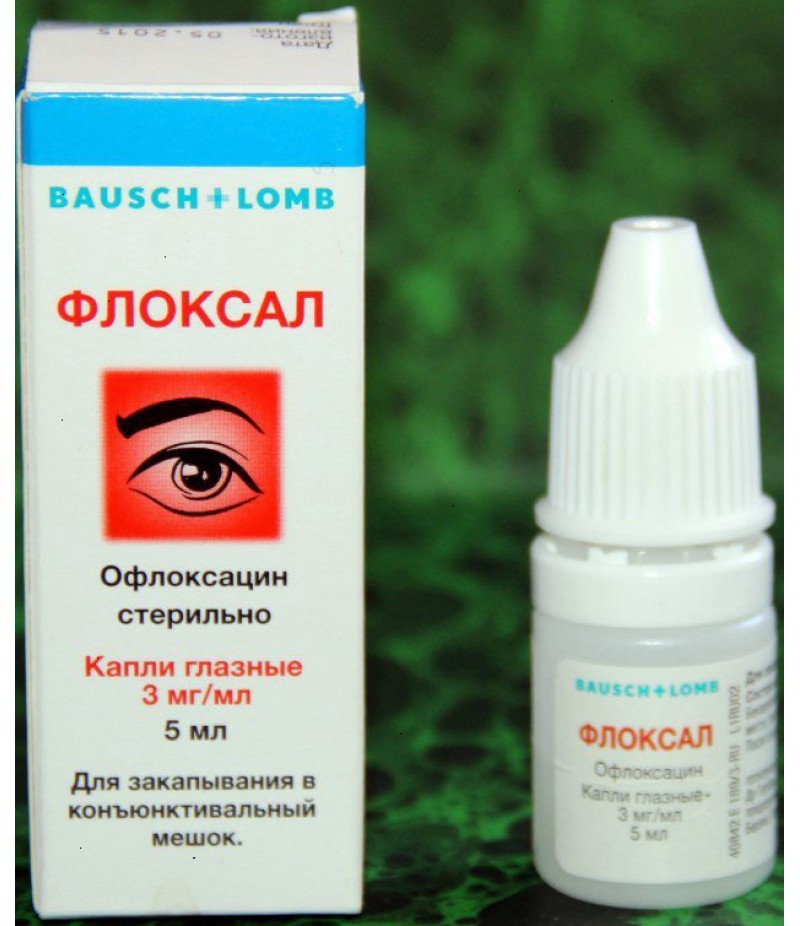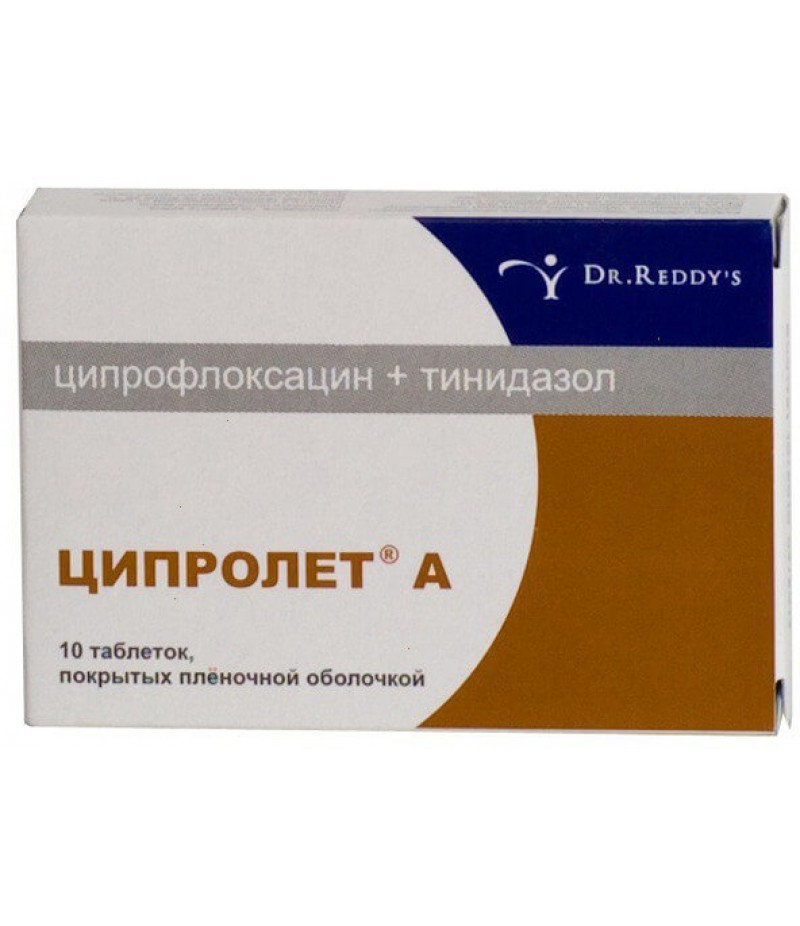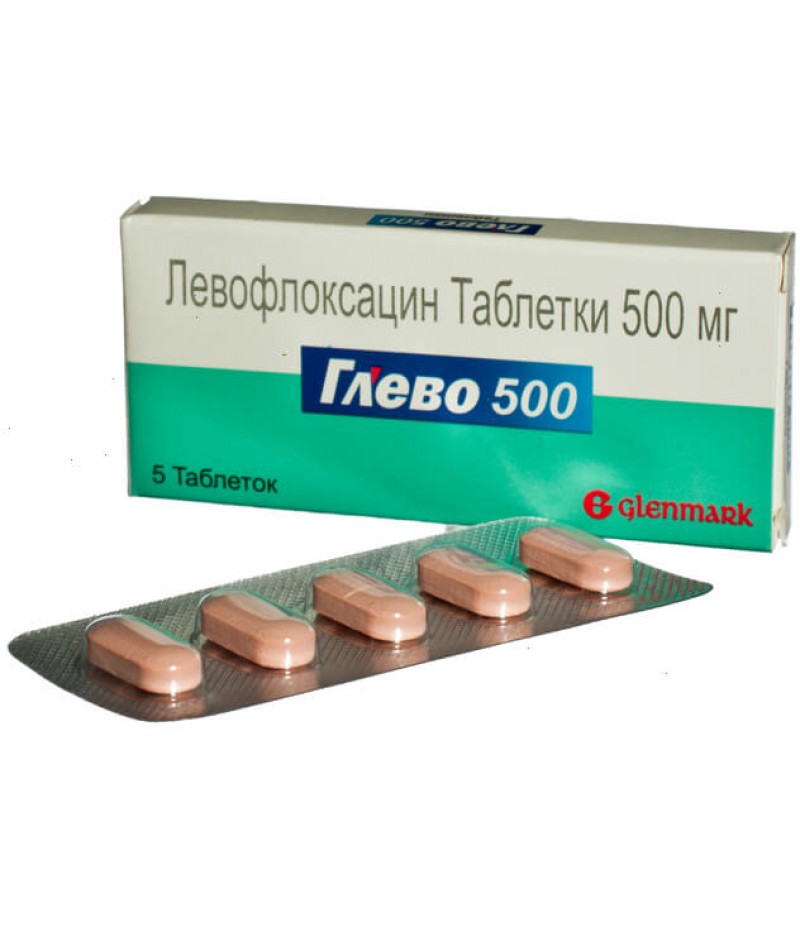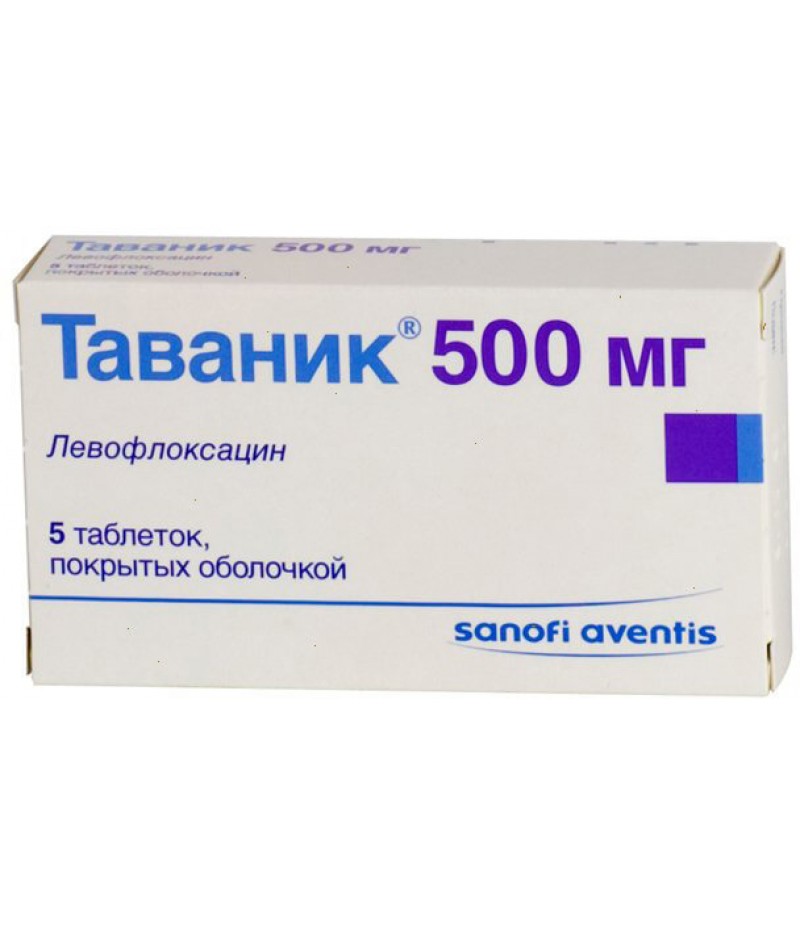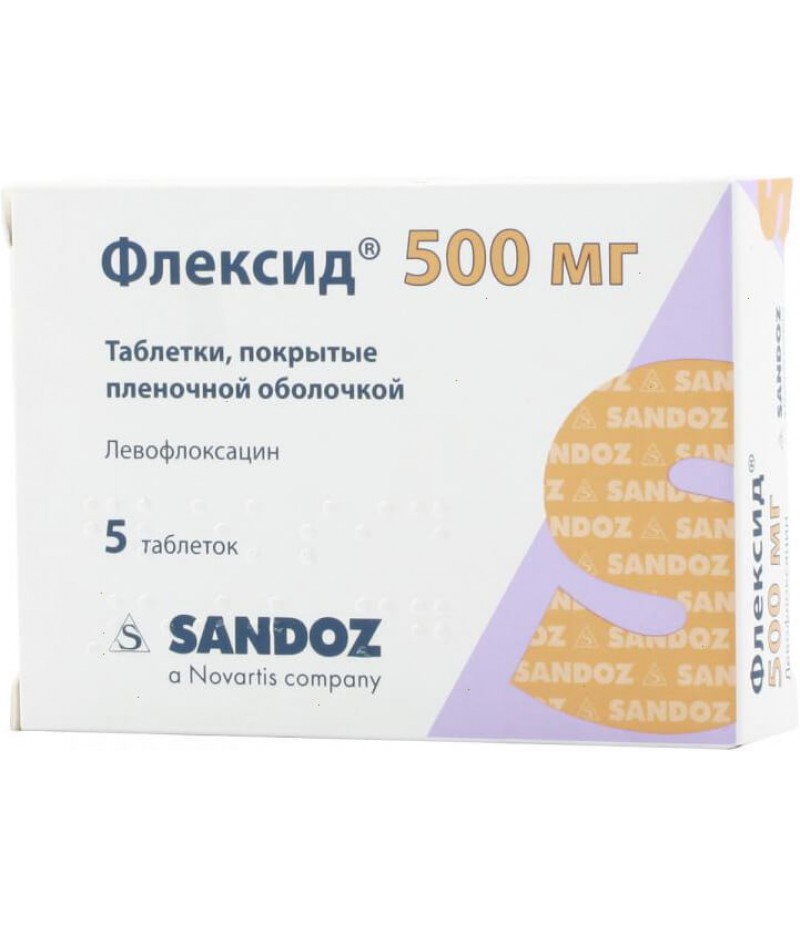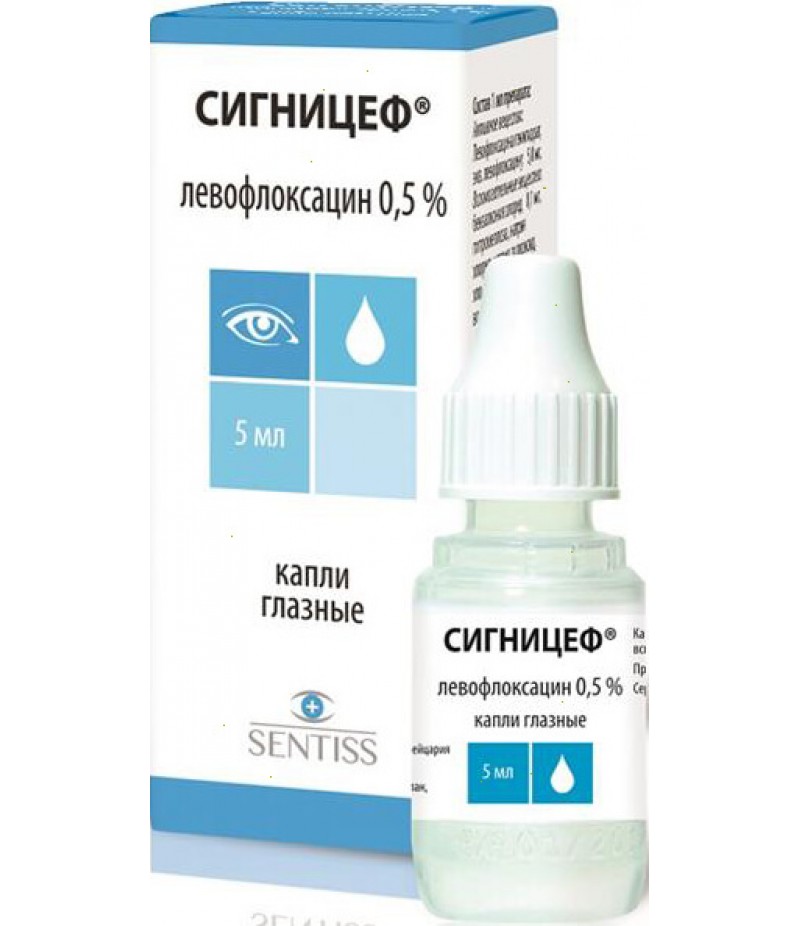Levofloxacin tabs 500mg #10
- $29.99
- 3 or more $28.67
- Availability:In Stock
Levofloxacin instruction for useReed more and buy Levofloxacin hereCompositionThe active substance of the drug is levofloxacin. Eye drops and a solution for internal administration contain the followi
Tags: tabs
Levofloxacin instruction for use
Reed more and buy Levofloxacin here
Composition
The active substance of the drug is levofloxacin. Eye drops and a solution for internal administration contain the following auxiliary components:
sodium chlorine;
deionized water;
disodium edetate dihydrate.
Tablets have the following additional components:
ICC;
impellosis;
macrogol;
iron oxide yellow;
hypromellose;
calcium stearate;
titanium dioxide.
Form of issue
Form of release of the medicine:
yellow, round and biconvex tablets in a film shell;
eye drops;
solution for internal administration.
Also known is a synonymous drug, such as Levofloxacin Teva, which is available in tablets and slightly different in the composition of excipients.
pharmachologic effect
The drug is an antimicrobial drug.
Pharmacodynamics and pharmacokinetics
The medicine is an antibiotic. Refers to the group of fluoroquinolones. The active component of the preparation has bactericidal properties. This is due to the inhibition of enzymes, which are responsible for the replication of DNA in bacterial cells.
This drug is active against most pathogens of bacterial respiratory infection. Effective in the treatment of infections provoked by penicillin-resistant strains of pneumococcus, Enterobacter spp., Escherichia coli, Klebsiella spp., Citobacter spp.
Levofloxacin is effective for sinusitis and tuberculosis.
When taken on an empty stomach, its bioavailability is approximately 100%. If a dosage of 500 mg is taken at meal time, the maximum plasma concentration is reached an hour later.
The drug is distributed in the interstitial fluid and plasma, and also accumulates to a large extent in the tissues. Only 5% of the drug is cleaved. The kidneys derive up to 85%. Half-life is 6-7 hours. But the postantibiotic effect persists 2-3 times longer.
Indications for use
The drug in the form of tablets is used for infectious and inflammatory diseases, which are provoked by sensitive microorganisms:
intra-abdominal infection;
acute sinusitis;
uncomplicated urinary tract infections;
exacerbation of chronic bronchitis;
prostatitis;
community acquired pneumonia;
infections of the skin and soft tissues;
complicated urinary tract infections;
septicemia or bacteremia.
The solution for internal administration is used for infections of the lower parts of the respiratory and urinary tracts, kidneys, skin and soft tissues, ENT organs, genital organs.
Eye drops Levofloxacin is prescribed for superficial infections of the eyes of bacterial origin.
Contraindications
This drug has the following contraindications:
children's age (up to 18 years);
negative reactions to the components of the drug;
epilepsy;
kidney failure;
lesions of tendons during quinolone therapy;
pregnancy;
lactation.
With caution, the antibiotic Levofloxacin should be taken to the elderly, as well as to those with a shortage of glucose-6-phosphate dehydrogenase.
Side effects
Unwanted adverse reactions with the administration of this drug are quite numerous. They can develop from various organs and systems.
Most often reported on diarrhea, increased activity of liver enzymes and nausea, which are caused by taking the drug.
In addition, itching, loss of appetite, vomiting, headache, numbness, insomnia, a decrease in the number of leukocytes in the blood, redness of the skin, digestive problems, abdominal pain, dizziness, drowsiness, increased eosinophil content in the blood, general feeling of weakness.
In rare cases, anaphylactic reactions, severe bronchospasm, exacerbation of porphyria, trembling of the body, hallucinations, excessive stimulation, confusion, lowering of pressure, muscle pain, increased levels of bilirubin and creatinine in the blood, a decrease in the number of platelets in the blood, urticaria, blood with diarrhea, increased anxiety, paresthesia on the hands, depression, convulsions, palpitation, tendinitis, pain in the joints, a decrease in the number of neutrophils in the blood, increased bleeding.
In extremely rare cases, there may be edema on the face and throat, blisters on the skin, shock. Possible visual impairment, taste and kidney function, a decrease in the ability to distinguish smells and tactile sensitivity, a rupture of the tendons, a reduction in the number of all blood cells, the formation of persistent infections, a sharp decrease in blood pressure, and glucose levels and the number of basophils. In addition, hypersensitivity to the effects of sunlight and ultraviolet radiation, pneumonitis, multiple exudative erythema, vascular collapse, muscle weakness, hemolytic anemia, fever, vasculitis, Lyell's syndrome, rhabdomyolysis, interstitial nephritis may develop.
In addition to these side effects, Levofloxacin, as an antibiotic, can cause dysbacteriosis, as well as lead to increased reproduction of fungi. Therefore, when it is used, it is also desirable to take antifungal medicines and the means in which bacteria are contained to normalize the intestinal microflora.
Eye drops Levofloxacin can provoke the following undesirable side reactions:
formation of mucous bands on the eyes;
burning in the eyes;
chemosis of the conjunctiva;
edema of the eyelid;
itching in the eye;
redness of the conjunctiva;
erythema on the eyelids;
contact dermatitis;
headache;
allergy;
decreased visual acuity;
blepharitis;
sprouting of papillae on conjunctiva;
eye irritation;
photophobia;
rhinitis.
Instructions for use Levofloxacin (Method and dosage)
For those taking Levofloxacin tablets, the instructions for use indicate that the medicine is intended for oral use 1-2 times / day. In this case, the tablets can not be chewed, they need to be washed down with water (about 1 cup). Can be taken before or during meals. The exact dosage depends on the nature and severity of the disease.
People with normal or moderately reduced renal function have the following regimen:
an exacerbation of a chronic bronchitis - appoint 250/500 mg for reception of times a day, therapy lasts 7-10 days;
sinusitis - appoint 500 mg for once-daily use, therapy lasts 10-14 days;
uncomplicated urinary tract infection - appoint 250 mg once a day, therapy lasts 3 days;
community-acquired pneumonia - appoint 500 mg for 1-2 times a day, therapy lasts 1-2 weeks;
Complicated urinary tract infection - appoint 250 mg once a day, therapy lasts 7-10 days;
prostatitis - appoint 500 mg once a day, the therapy lasts 4 weeks;
infections of the skin and soft tissues - appoint 250 mg once a day or 500 mg for 1-2 times a day, therapy in both cases lasts 1-2 weeks;
intra-abdominal infection - appoint 250/500 mg once a day, therapy lasts 1-2 weeks (in combination with antibacterial agents that affect anaerobic flora);
septicemia, bacteremia - appoint 250/500 mg for reception once a day, therapy lasts 1-2 weeks.
The instruction on Levofloxacin in the form of a solution for internal administration informs that the drug should be used 1-2 times / day. The medicine is injected into the drip. If necessary, the solution can be replaced with tablets.
The course of application should not exceed 14 days. It is recommended that the therapy be administered all the time during the illness and two more days after the temperature becomes normal. The usual dosage indicated by the instruction for Levofloxacin is 500 mg. The exact scheme of admission and the desired duration of treatment are determined individually depending on the disease:
acute sinusitis - a medicine is taken once a day for 10-14 days;
pneumonia, sepsis - medication taken 1-2 times a day for 7-14 days;
acute pyelonephritis - the drug is taken once a day for 3-10 days;
infection of the skin - the drug is taken 2 times a day for 7-14 days;
tuberculosis - the medicine is taken 1-2 times a day for 3 months;
exacerbation of chronic bronchitis - the medicine is taken once a day for 7-10 days;
prostatitis - the drug is taken once a day for 14 days, then it is necessary to switch to the use of tablets in a dosage of 500 mg according to the same scheme;
infection of the bile ducts - the medicine is taken once a day;
anthrax - a medicine is taken once a day. After the patient's condition is stabilized, it is necessary to switch to the use of the tablet form of the drug for the same schedule for another 8 weeks;
abdominal infection - the medicine is taken once a day for 7-14 days.
With any disease after the normalization of the condition, you can switch to taking Levofloxacin in the form of tablets according to the same scheme until the end of the course.
Therapy with this drug should not be discontinued in advance, but also deliberately missed the reception. If the tablet or infusion is still missed, you should immediately take the desired dosage, and then continue treatment in the same mode.
For people with severe impairment of kidney function with a creatinine clearance of up to 50 ml / min, a different pattern of application is needed. Depending on the creatinine clearance (CC), the treatment regimen can be as follows:
CK 20 ml / min - 50 ml / min - at the beginning of therapy take 250/500 mg, after which the patient should receive half of the primary dosage, ie 125/250 mg every day.
SC 10 ml / min - 19 ml / min - at the beginning of therapy take 250/500 mg, after which the patient should receive half of the primary dosage, i.e. 125/250 mg once every two days.
During therapy with this drug, it is advisable to avoid the influence of sunlight and not to go to the solarium.
In rare cases, patients can develop tendonitis. At the slightest suspicion of inflammation of the tendons, you should stop taking the medicine and begin treatment for tendonitis.
In addition, the drug can provoke hemolysis of red blood cells in case of shortage of glucose-6-phosphate dehydrogenase. So this category of patients should be given medication with caution, observing the level of bilirubin and hemoglobin.
The drug has a negative effect on the speed of psychomotor reactions and the ability to concentrate attention, so when using it, it is desirable to abandon the work, which requires careful concentration of attention and quick reactions. This type of activity also includes driving cars and servicing mechanisms.
Drops of the eye are buried in the conjunctival sac at a dosage of 1-2 drops in one or both eyes. Do this every 2 hours (up to eight times during the day) during the first two days of treatment. After this, 3-7 days should be used every 4 hours (up to 4 times during the day). In general, the course is designed for 5-7 days.
If you need to additionally apply other medications to the eyes, you should observe a break between instillations in 15 minutes.
During instillations, you should try to avoid touching the tip of the dropper to the eyelids and tissues near the eyes.
Overdose
When an overdose of the drug most likely unwanted reactions from the nervous system: seizures, dizziness, confusion, and so on. In addition, there may be disorders of the digestive tract, lengthening the interval Q-T, erosive lesions of mucous membranes.
Therapy is symptomatic. Dialysis is not effective, but there is no specific antidote.
Overdose Levofloxacin in the form of drops for the eyes is unlikely. Perhaps irritation of the tissues: burning, swelling, lacrimation, redness, pain in the eyes. If these symptoms occur, the eyes should be rinsed with clean water at room temperature. And if the side reactions have a pronounced character, you need to contact a specialist.
Interaction
The effectiveness of the drug is significantly reduced when combined with Sucralfate, as well as with antacid preparations that contain aluminum, magnesium and iron salts. Thus, there should be an interval between the methods of these funds for at least two hours.
And if you need to simultaneously use vitamin K antagonists, you should monitor the blood coagulation system.
Cimetidine and Probenicida to some extent slow down the removal of the active substance Levofloxacin. So therapy with such a combination of funds should be conducted with caution.
To a small extent, the drug also increases the half-life of Cyclosporine. A combination with glucocorticosteroids increases the likelihood of rupture of tendons.
When interacting with NSAIDs and Teofillin, convulsive alertness increases.
Levofloxacin for infusion is combined with the following solutions for internal administration:
Ringer's solution with dextrose (concentration 2.5%);
dextrose solution (concentration 2.5%);
saline;
solutions for parenteral nutrition.
Do not mix the drug with a solution of heparin or sodium bicarbonate.
Clinically significant drug interactions of eye drops with other agents are unlikely.
Storage conditions
Keep the medicine in a place inaccessible to small children and dry place, protected from penetration of sunlight. The optimum temperature is up to 25 ° C.
Shelf life
Keep the drug in any form of release you need a maximum of 2 years. The bottle with eye drops after opening is suitable for use for 30 days. Do not use the medicine after the expiration date.
Levofloxacin analogues
Levofloxacin analogues are medicines that have, as an active ingredient, another antibiotic similar in antibacterial activity. For eye drops such are the following drugs:
Floxal;
Ciprolet;
Ciprofloxacin;
Dancil.
Levofloxacin analogues in the form of tablets and a solution for internal administration are as follows:
Tablets - Norfloxacin;
tablets and solution for internal administration - Abaktal.
All these drugs have their own characteristics and pattern of application.
Levofloxacin and alcohol
During therapy with the drug, you must give up alcohol. Levofloxacin and alcohol are not compatible. The drug exacerbates its effect on the central nervous system, so intoxication will be stronger than usual. Perhaps increased dizziness, confusion, a violation of concentration and reaction rate, nausea.
Reviews about Levofloxacin
Opinions about this drug are mostly positive. Patients and doctors characterize it as an effective remedy, which quickly removes undesirable manifestations of the disease and promotes recovery.
Negative reviews about Levofloxacin on the forums are reported mainly on the occurrence of adverse reactions. Patients write about severe weakness, pain in muscles and joints, confusion. The severity of these and other negative manifestations can be different. Nevertheless, even in the event of side effects, people notice a significant improvement, relating directly to the disease from which the drug was taken.
Reports of unwanted reactions of the body when taking this drug are found quite often, which should pay attention to all who intend to take the medicine.

